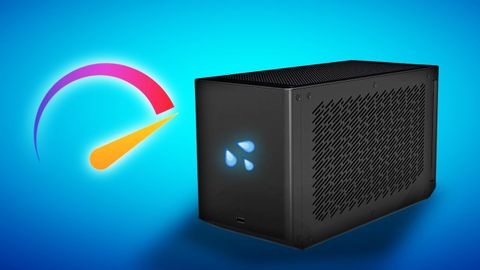あなたのラップトップは決して同じではありません。 (Your Laptop Will Never Be The Same.)
林宜悉 が 2021 年 01 月 14 日 に投稿  この条件に一致する単語はありません
この条件に一致する単語はありませんUS /ɪˈsenʃəli/
・
UK /ɪˈsenʃəli/
US /rɪˈdɪkjələs/
・
UK /rɪˈdɪkjələs/
US /ˈdisənt/
・
UK /ˈdi:snt/
- adj.まあまあの;礼儀正しい;親切な;体裁のいい;かなりの
エネルギーを使用
すべての単語を解除
発音・解説・フィルター機能を解除

